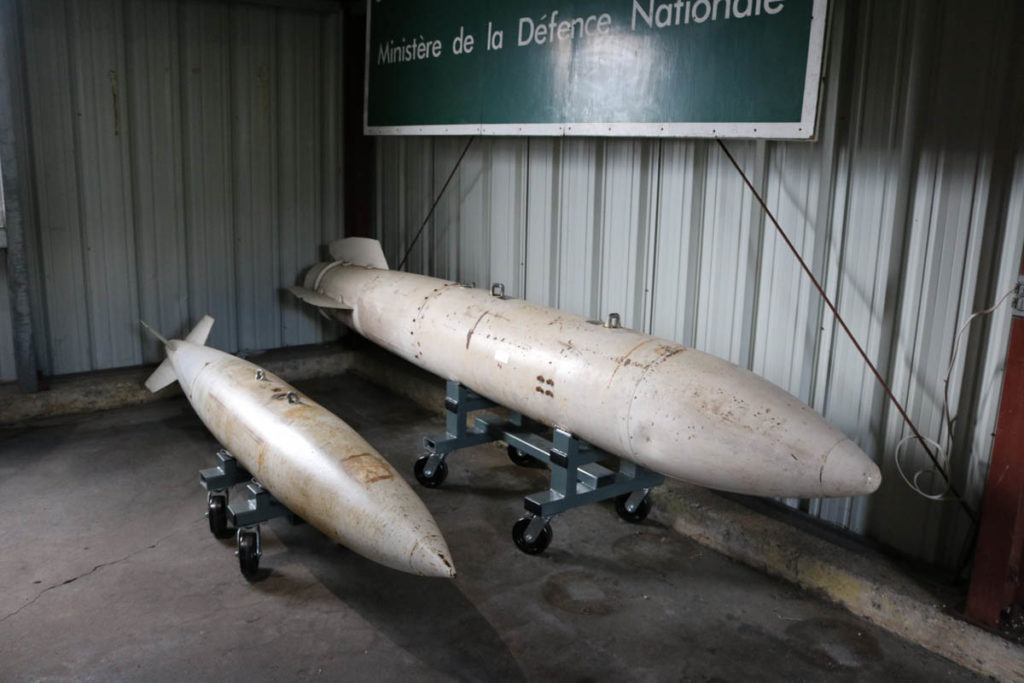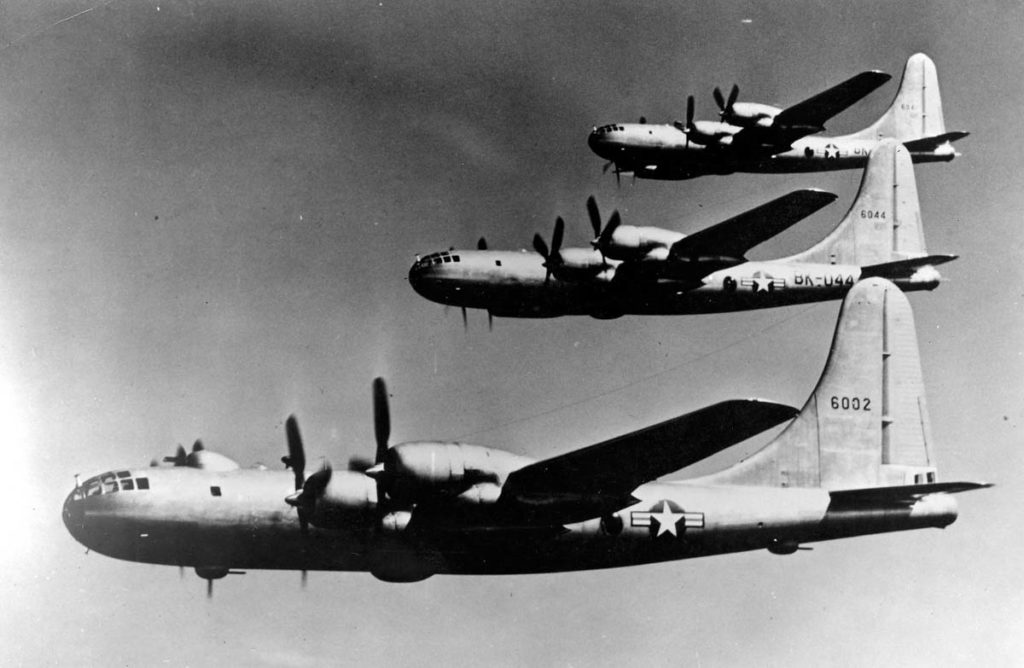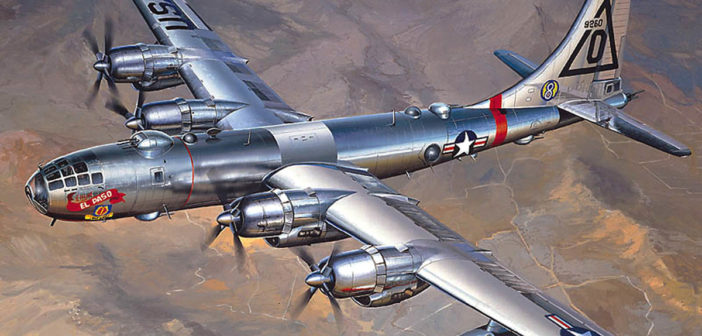As the night rolled in and darkness fell, the doors of the hidden hatchway of the secret compartment built into the ship, opened to emit teams of divers riding sleds, intent on completing their dangerous mission. Sounds like a scene from the James Bond spy film “Thunderball” from which this description could be derived, but it is also the description of the beginning of a mission undertaken by the Italian Navy to plant explosive charges on the hulls of British warships during WWII.
Have you ever wondered where the idea of a Diver Propulsion Vehicle came from?
When Ian Fleming sat down to write his adventure spy novel at his home on the north coast of Jamaica, he was privy to knowledge of secret operations during the war, as he was involved with them as part of his work for British Naval Intelligence. Fleming had taken part in underwater demolition exercises off the shore of Lake Ontario at “Camp X”. In May 1943, Ernesto Notari, and his crew were riding torpedoes, which had been outfitted with controls, had a detachable magnetic 220 kg warhead and held two men. This idea had been developed by two Italian naval officers, Raffale Rossetti and Raffale Paolucci at the very end of WWI in order to find a way past the minefields and nets which protected warships from attack by conventional submarines.
Led by Notari, three torpedoes, called Maiali or “Pigs” by their crews, left the half sunken freighter Olterra in which the hidden doors had been secretly installed by a crew cutting and welding at night underwater, in the Spanish port of Algeciras, which was directly across the bay from the British naval stronghold of Gibraltar. After placing the charges on three Allied merchant ships the six divers, breathing through an early form of re-breather so that no bubbles would betray their escape, made their way back to the Olterra as the clockwork timing mechanism of the bombs ticked away. Once aboard the sanctuary of their secret base within the scuttled Oil tanker, Ernesto Notari and the crew waited for the explosions, which were clearly heard inside the ship.
The Disco Volante used in the film to hide and transport the stolen Nuclear bombs, was a real hydrofoil made in Italy. But what of the Nuclear bombs being pilfered by the fictional criminal organization SPECTRE to be used to blackmail governments? Surely such a thing could never happen in real life?
The novel Thunderball which was first published in 1961, had actually began much earlier as a collaboration on a screenplay between Fleming and 3 others, one of whom was former FBI agent Ernie Cuneo, who would have had knowledge of the loss of Atomic bombs by the USAF due to mechanical failure or mid-air collisions. Code named “Broken Arrow”, the stories of these missing nukes were kept secret from the public for years, until the 1966 “Palomares Incident” became an international incident too big to hide.

On January 17 1996, a huge ball of fire expanded in the thin air at 30,000 ft over the coast of Spain near the town of Palomares. A USAF B-52 had collided with KC -135 Tanker (basically a Boeing 707 filled with 40,000 gallons of jet fuel) and the explosion killed the 4 man tanker crew instantly. From the B-52, 3 of the 7 crew parachuted to safety. As the wreckage of the spinning bomber disintegrated and the four nuclear bombs it had held fell to earth, one bomb landed intact in a dry riverbed and the conventional explosive in two others exploded on impact, scattering radioactive material over a wide area, resulting in a massive 3 month cleanup effort by US forces and Spanish Civil Guards. The fourth bomb went to the bottom of the Mediterranean Sea, which initiated “The most expensive, intensive, harrowing and feverish underwater search for a man-made object in world history”. The recovery operation lasted 81 days; 33 naval vessels sealed off the search zone while a small armada of mini-research subs, diving bells and scuba teams scoured the seabed, aided by sonar experts oceanic photographers and 3,000 navy personnel. The missing bomb was found by the submersible Alvin at 2,500 ft, five miles out and was crewed by William O. Rannie Jr, Valentine P. Wilson and Marvin J. McCamis ” Apart from simply wanting to get the country out of a jam, we had a personal stake in the operation”, McCamis recalled later. “This was Alvin’s first big job. Our group had proven that the sub could operate to depth of 6000 feet but many critics still considered the entire deep submersible program a waster of money”
This event occurred one year after the film version of Thunderball began production. The Palomares incident was only the most well known of the lost nukes. There were several others. I had heard stories about a nuke that had been jettisoned in the 1950s over the St Lawrence River from a B-50 bomber that was experiencing engine failure, but upon making inquiries in 2005 while on a tour of the now closed Canadian Forces underground command and control facility at North Bay Ontario, I was unable to find out if the bomb had been recovered or if it was still there. “That information is not available” was the gist of the reply that I received.

In 2010 Farley Mowat’s last book, “Eastern Passage”, one of the stories within, described the “Broken Arrow” loss of a nuke in the St. Lawrence. Mowat had gotten the whole story of through the “freedom of information act requests” after hearing the rumours. That one had it’s conventional explosive detonate upon impact with the surface, scattering the radioactive plutonium core in the water.
In the water off Tybee Island just east of Savanna, Georgia lies a live one, the result of a collision between a B-47 and a fighter jet and although many searches have been conducted, and as of 2019 it has still not been found. This is not a dive site that you want to locate using the “drag the anchor method”. So if you see a yacht out there captained by a white haired man smoking a cigarette in a holder while wearing a white tux and an eye patch, better call James Bond!
Mike McAllister is a Millwright, PADI Certified Rescue Diver, Nautical Archeological Society Trained (NAS 1) and has a keen interest in history. He has written for The Discovery Channel, Eye Spy Magazine, Diver Magazine and several other publications as well having been interviewed on Radio & Television on the subject of the Avro Arrow.
Learn more about Scarborough Underwater Club Inc and Canadian Harvard Aircraft Recovery Team









